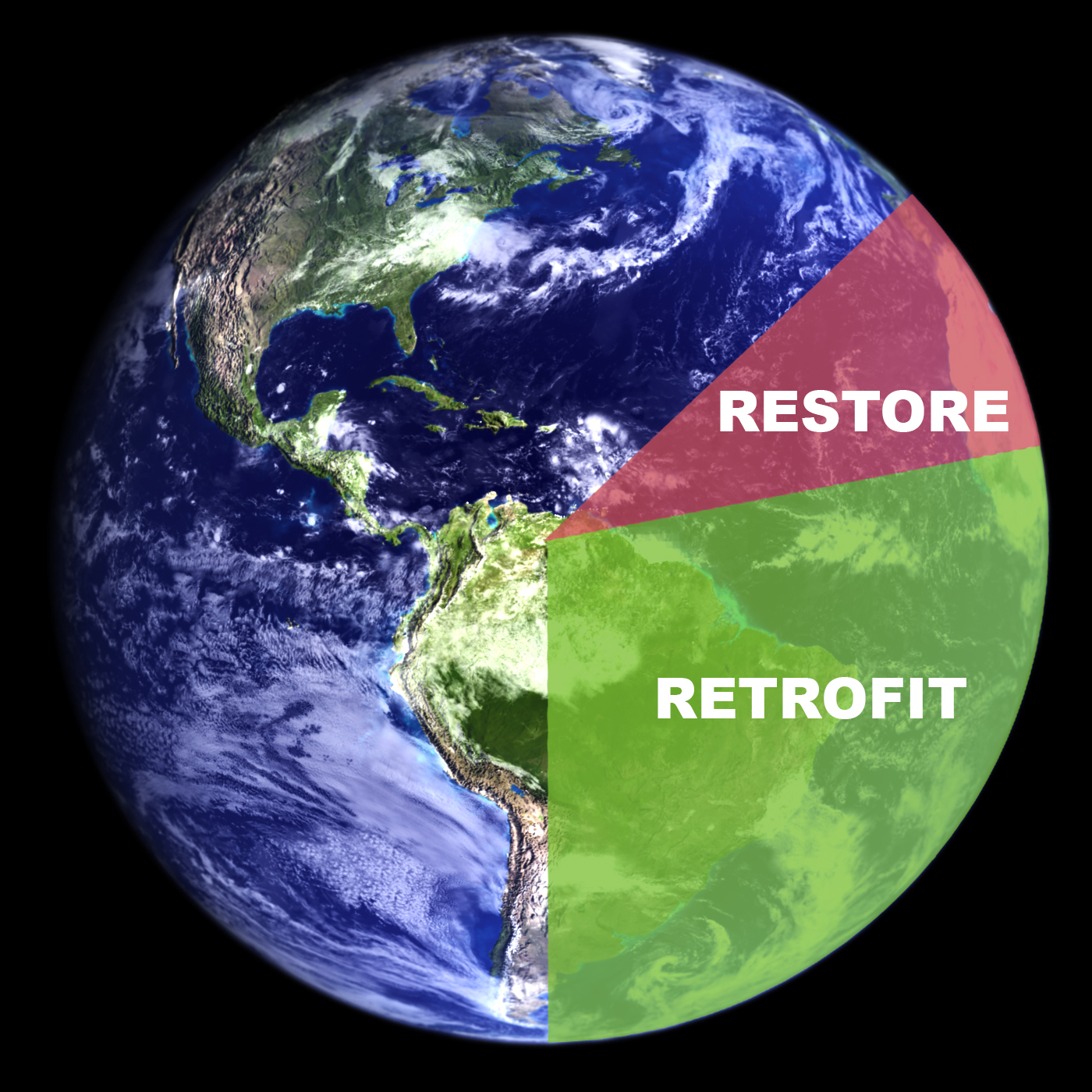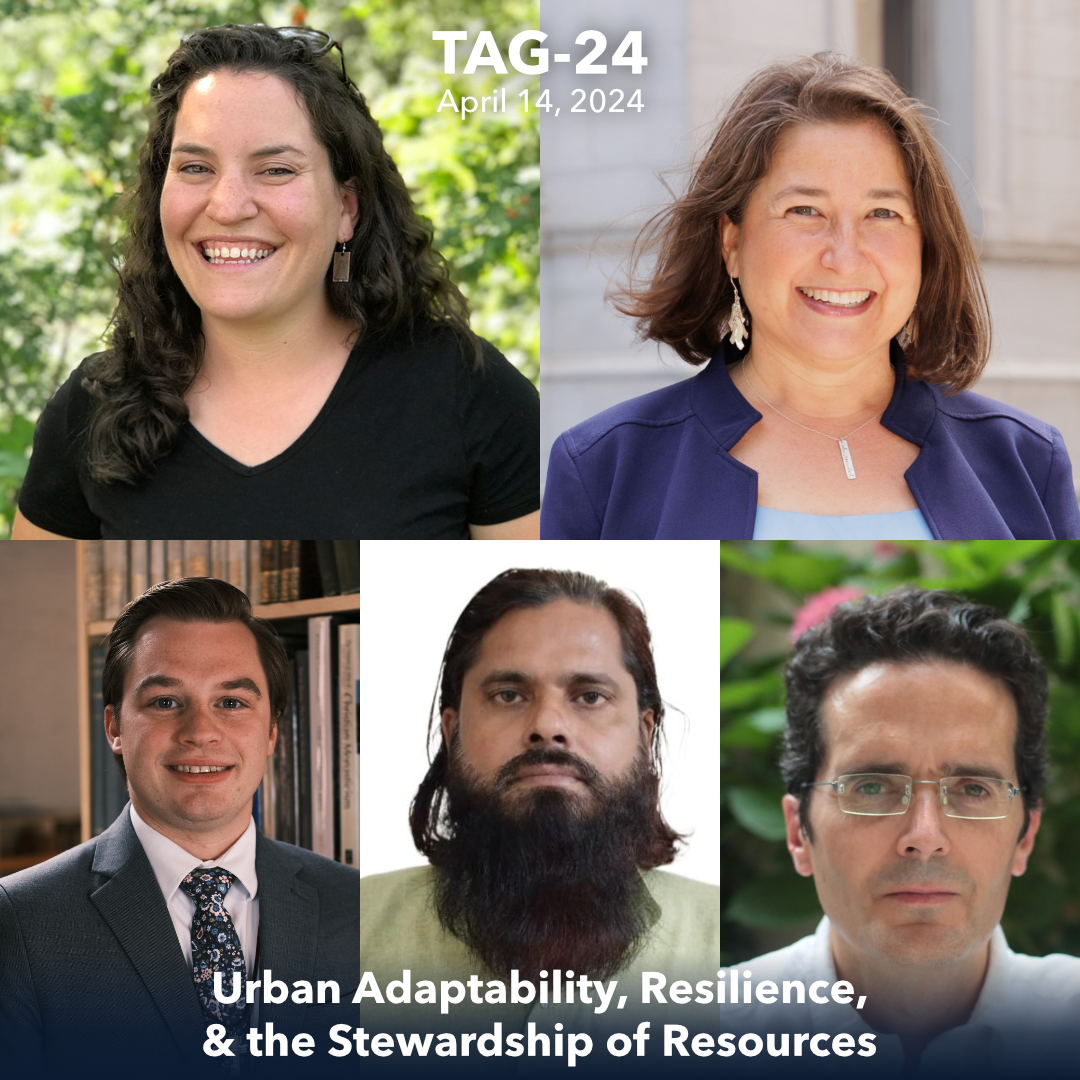
My graduate school education immerses me in New York City’s architectural landscape. It has been a privilege to study architecture in one of the world’s most developed cities. However, in my studio course this past semester, I had to consider the implications of designing in a different country. As I have lived in America nearly all my life, it can be easy to misunderstand the architecture of another county or view it through an incorrect cultural lens.
The Renew, Reuse, Recycle: Recent Architecture from China exhibit approached this challenge beautifully and broadened my understanding of sustainable design from a global perspective. While each community or region has its standards for approving the construction of buildings, the responsibility to combat the climate crisis falls on architects worldwide. The Jingdezhen Imperial Kiln Museum built in 2020 was an impressive example of sustainable design at the exhibit. The architect, Studio Zhu-Pei, honored Jingdezhen as a city that produced China’s porcelain by building a site-model from porcelain.

At Parsons, I learn about the importance of procuring material locally and considering the impact of construction on the environment. At Henson Architecture, I apply these lessons when assisting project managers with Passive House and historic preservation projects.
As an intern, I prepare documents and drawings to be filed at New York City’s municipal departments, such as the Department of Buildings and Landmark Preservation Commission. Project schedules, costs, and building permits are critical to architecture practice, whether in China or New York.

With the insights from the MOMA exhibit, I now realize these lessons extend globally. I am excited to continue learning and exploring this summer!






